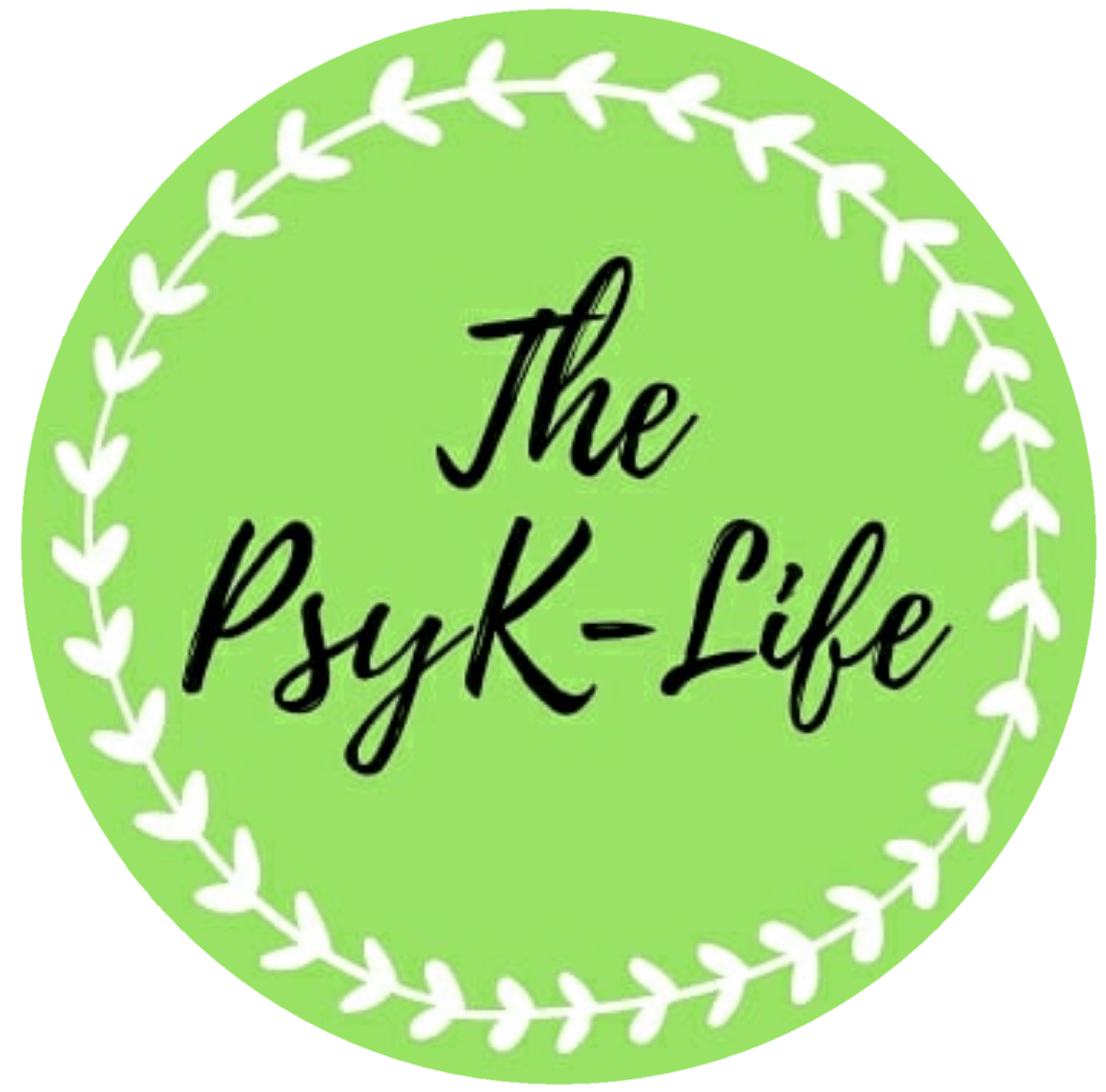Stigma is negative ideas or attitudes toward a certain group. This can lead to discrimination, the action of treating one group differently than others. Self-stigma is when you have negative ideas or attitudes about yourself. The mental illness label is one of the most stigmatizing. Most people with mental illness face stigma at some point from external sources, whether from friends, family members, employers, or health care professionals. However, what’s even more damaging is when we internalize that stigma and start believing in the negative stereotypes that have been prescribed to us. This is self-stigma.
The emotional impact of self-stigma can often be greater than the symptoms of our illness itself. It batters our self-esteem, self-efficacy, and outlook on life. The shame and embarrassment self-stigma ingrains in us can make us reluctant to talk about our condition. This can limit understanding and awareness, allowing our self-stigma to grow even stronger.

Types of Self-Stigma
The Internalized Stigma Mental Illness Inventory-29 (ISMI-29) measures self-stigma using four categories, including:
- Alienation: Feeling embarrassed, ashamed, inferior, or disappointed in yourself for being ill. Feeling that your illness is your fault. Believing mental illness has ruined your life.
- Stereotype endorsement: Applying stereotypes to yourself, such as people with mental illness are violent, can’t live a good or rewarding life, can’t do certain typical things (e.g., get married, work a steady job, contribute to society), and can’t make decisions for themselves.
- Discrimination experience: Feeling discriminated against, patronized, ignored or not taken seriously; believing others would not want a relationship with you; feeling incapable of achieving much.
- Social withdrawal: Avoid getting close to people who don’t have a mental illness, socializing or talking about yourself because you feel like a burden, out of place, or inadequate, like a potential embarrassment to loved ones.

Consequences of Self-Stigma
- Self-Sabotage: Many people with mental illness engage in self-sabotaging behaviour because self-stigma causes them to expect failure. An example is to refuse or stop taking medication because we don’t believe it will work or that we will get better. It can be emotionally easier to handle intentional failure than trying to succeed and fail.
- Rumination: Many people living with mental illness struggle with rumination on negative thoughts. Also, we may generalize our experiences of stigma. If we’ve experienced stigma a few times, we may assume that others who do not stigmatize also have stigmatizing views about us.
- Suicidal Ideation: Some forms of self-stigma can be life threatening. One of the most common examples is feeling like you’re a burden, that your family would be better off without you. This can lead to suicidal ideation, which is what happened to me. It’s a key reason people with mental illness withdraw and isolate. The pain or guilt can be excruciating.

Addressing Self-Stigma
There are many ways to address self-stigma. A study found the two leading approaches to self-stigma reduction were attempts to:
- Alter stigmatizing beliefs and attitudes of the individual and
- Enhance skills for coping with self-esteem through improvements in self-esteem, empowerment, and help-seeking behavior.
- Try to understand: Do not underestimate the power of self-stigma. Try to identify and understand its potential consequences. Assume that your loved one is experiencing self-stigma given its prevalence and detrimental impacts. Many of us are reluctant to talk about stigma, let alone self-stigma. We don’t want to admit that stigma impacts us as much as it does.
- Use fact: Assemble facts and resources to prove that common stigma examples are false. For example, contrary to popular stigmatizing views, people with mental illness are more likely to be victims of crime than perpetrators. Self-stigma based on stigma that can be objectively disproven is easier to address than subjective sources of stigma. Talk about common examples of stigma and self-stigma to show your familiarity and recognition
- Respond thoughtfully: Be aware that talking about self-stigma is often more about how it makes your loved one feel rather than whether it is reasonable for them to believe the stereotype to be true.
- Listen: When your loved one is willing to discuss their self-stigma, you should simply listen. If there is silence or if a reply seems natural use active listening
- Keep in mind: Self-stigma can persist despite recovery. Maybe it’s because we know that there is always the risk of a mental illness relapse. This possibility may leave open in our minds the fear that “stigma was right all along” if we relapse.

In conclusion, self-stigma poses a significant challenge to individuals with mental illness, as it exacerbates the emotional burden of their condition. The internalization of negative stereotypes can lead to feelings of shame, isolation, and self-sabotage, ultimately hindering recovery and well-being. However, addressing self-stigma is possible through education, empowerment, and open discussions that challenge these harmful beliefs. By fostering understanding, promoting facts over myths, and practicing active listening, both individuals and their loved ones can begin to dismantle the damaging effects of self-stigma and create a path toward healing and acceptance.




